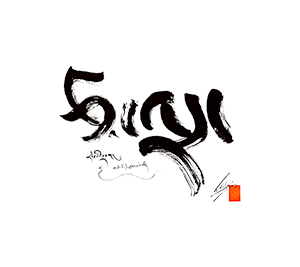In the Buddhist Canon, there are two main corpuses of texts which go by the name
Mahāparinirvāṇa-sūtra (henceforth abbreviated to
MNS) and have as their main concern the recounting of the events and dialogues of the last days of the Buddha. The first, presumably of earlier origin, is a comprehensive compendium of
Hīnayāna ideas and precepts. It exists today in its Pali, Sanskrit and Chinese versions, and for its attention to factual details has been resorted to as the principal source of reference in most standard studies of the Buddha's life. As for the second, only its Chinese and Tibetan translations are still extant.
[1] While it also relates some of the well-known episodes of the final months of the Buddha Śākyamuni, notably his illness and the last meal offered by Cunda, such narrations are treated in the work merely as convenient spring-boards for the expression of such standard Mahayana ideas as the eternal nature of Buddhahood and expedience as method of instruction. Both in style and content, this corpus exhibits the disregard of historical particulars and the fascination with the supernatural and the ideal which characterize
Mahāyāna writings in general. As a
Mahāyāna sūtra, it is of rather late date, for it mentions such influential "middle
Mahāyāna" works as the
Saddharmapuṇḍarīka-sūtra and the
Śūraṃgamasaṃādhi-nirdeśa in its text, and so could
not have been compiled before the second century A.D.
[2] It is this
Mahāyāna version of the
MNS which we are going to examine in our present study. (Liu, introduction, 63)
